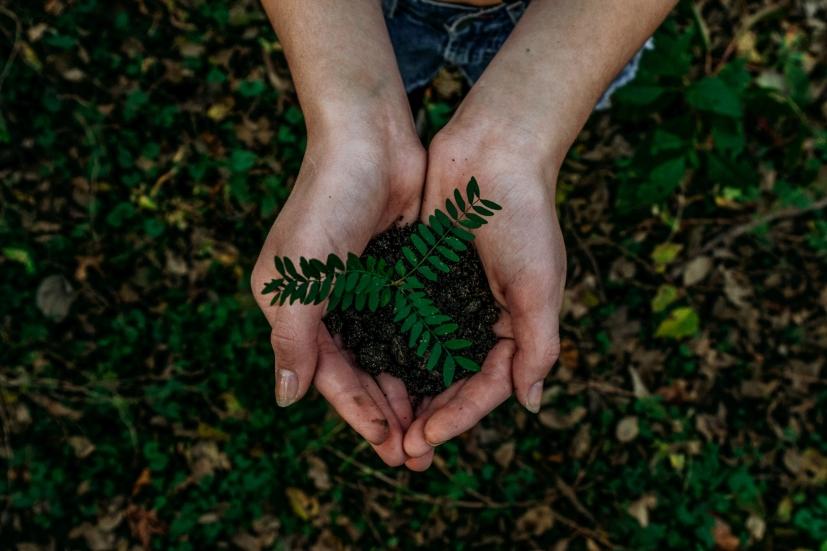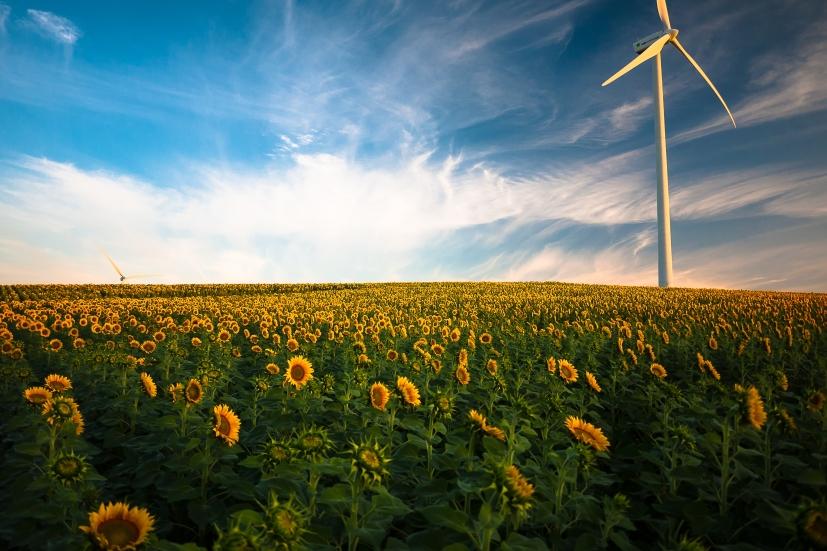How We Are Deeply Intertwined with Our Environment
Last month, while keeping goal in a game of 11-a-side football with old friends, I felt my calf “pop” while taking a goal kick. The pain was immediate; it shot up my leg, and I knew that I was unable to play at 100 per cent any further in the game.
Despite the pain, I made the rather idiotic decision to keep playing on. Part of me - the rational part - felt that I needed to stop immediately since the pain was getting worse.
However, part of me - the irrational, emotional part - decided that I was having too much fun, and that I would recover again in the morning. I mean, I usually recover quickly from minor niggles while playing football when I was 20 years younger, so why not now?
The next day, the consequences were apparent. Despite regular icing and basic pain medication, I could barely put any weight on my injured leg. The pain had spread from my calf to my ankle, and hopping on one foot - let alone limping - was next to impossible.
After consistent persuasion (i.e. nagging) from loved ones, I went to the doctor to see what could be done. What was one visit became multiple visits to specialists and labs for ultrasound scans, and I was diagnosed with a torn calf muscle (grade II). Further, all the post-tear walking caused my ankle on the injured leg to swell to the size of an orange.
In order to rebuild my muscle (and to have the chance to play football again soon), I was advised by medical professionals to wear a boot-cast and compression socks to ease the pain. That meant no football or other exercise for at least six weeks to allow my body to rebuild the muscle and to heal.
Rebuilding the environment
So how does this recent and painful episode of mine relate to how we are treating the environment today? It’s not as big a stretch as it seems.
The various systems that make up the human body, which includes the cardiovascular, nervous, digestive and other systems, work in tandem to allow one to function normally. It is the same as the natural Earth system - in which the atmosphere, cryosphere, hydrosphere, biosphere and geosphere are linked together and potentially interact in a self-regulating complex system that allows life to thrive on our planet.

I’m not the first to make this connection - James Lovelock and Lynn Margulis were famous scientists who proposed the Gaia hypothesis in the 1970s, which proposes this self-regulating connection within the Earth system.
The issue here is that if one part of the body - or one Earth subsystem - is not functioning well, then other parts need to compensate for the loss in function. In the end, there is a chance that more subsystems will break down, leading to many more parts of the body (and the planet) suffering.
The case of my torn calf muscle (and the irrationality behind it) is illustrative and indicative of how the Earth system copes with the increased warming from climate change.
I’ve often told my students that our planet shouldn’t be called “Earth” since it only covers 30 per cent of the planet’s surface; we are living on a water-filled planet, which covers the remaining surface.
It should come as no surprise that the additional energy kept in the Earth system from more greenhouse gases in the atmosphere, is stored within the planet’s waters. Indeed, 91 per cent of excess energy is stored throughout the full depths of the oceans and driving increased maritime impacts - such as coral bleaching from record-breaking marine heatwaves that are becoming more frequent.

While we feel the significant effects of warming temperatures on land and in the air, the worrying issue is that more negative climate-driven impacts will happen once the warming within the oceans spills over onto land as climate change continues unabated.
If and when it happens, a full climate breakdown across all Earth systems will be catastrophic for many, and must be avoided. In this case, parts of an already broken down system must be rebuilt.

What can be done to help the rebuilding process?
In rebuilding our world, we need to take stock of several issues to allow things to heal.
The first issue is that we need to spread knowledge of what the system can do. We have a good handle on what can be done and what shouldn’t be done on climate change.
The various Intergovernmental Panel on Climate Change (IPCC) assessment reports tell us all what happens when we add in more greenhouse gases from burning fossil fuels, or when we deforest more of the world.
It also informs us of the multitude of dire climate risks that will result across different parts of the world if nothing is done to reduce emissions.
However, the important corollary is that such IPCC assessments also tell us what happens when positive climate action towards resilience and sustainability occurs when informed by science-based knowledge.
We know that if we halve current levels of greenhouse gas emissions by 2030, and reach net-zero by 2050, global temperatures will stabilise to 2 degrees Celsius (or less, ideally!) and we will avoid the excesses of a climate-disrupted world.
We also know that the approaches, policies, financial instruments, and technologies already exist to drive sustainable change towards this net-zero goal.

This leads to the second issue: action. A major problem in rebuilding broken things is sometimes we procrastinate, or we feel that the effort to change requires too much willpower to overcome the existing inertia.
While some individuals (whom I envy) can easily turn on a willpower “switch” to effect change, I’ve found that support and persuasion from friends, family and loved ones can be better enablers of change.
Acting on something that’s needed - like seeing a specialist when my pain was too great after being advised to do so from people I trusted, or learning from others about how to be more sustainable or resilient to climate change - can be better done with a community.
After all, once you’ve started something and developed forward momentum, the inertia that hinders action becomes a distant memory, and it will be easier to pick up speed and accelerate the action needed.
The last issue for a successful rebuild, ironically, is patience. Letting things play out when rebuilding is sometimes the most difficult thing to do, especially for impatient people!
While I would really love to play football again, it would be foolish of me to act on my impatience and kick a ball in (painful) anger without letting my leg have a chance to heal and rebuild properly.
In rebuilding our climate-disrupted world, we’ve already got a good start in having the 2015 Paris Agreement in place. The actions so far - from governments, the private sector, and from communities around the world - are a promising start.
Based on the current declarations of climate action by governments, we’re already on track to avoid the worst excesses of a +3 or +4 degree Celsius world that would have happened without Paris.
The positive forward climate momentum will build - more countries will show more ambition with their actions in keeping to the Paris limit of 1.5 degree Celsus - and we should see that happen in the 28th Climate Conference of Parties held in Dubai in December 2023.
An important point to note is that such climate actions require much consideration and compromise between domestic and international interests. An impatient approach in saying, “It’s my way or the highway” for action (no matter how well-intentioned it is) will not lead to a successful rebuild that will benefit all of us, especially when there’s so much at stake.
Sometimes, what's needed is to let things play out and not be hasty when looking to rebuild things. For myself, I’m looking forward to seeing what climate actions will precipitate in Dubai. By then, I should be able to play football once my torn muscle heals - and I will learn to stretch properly before my next game!





